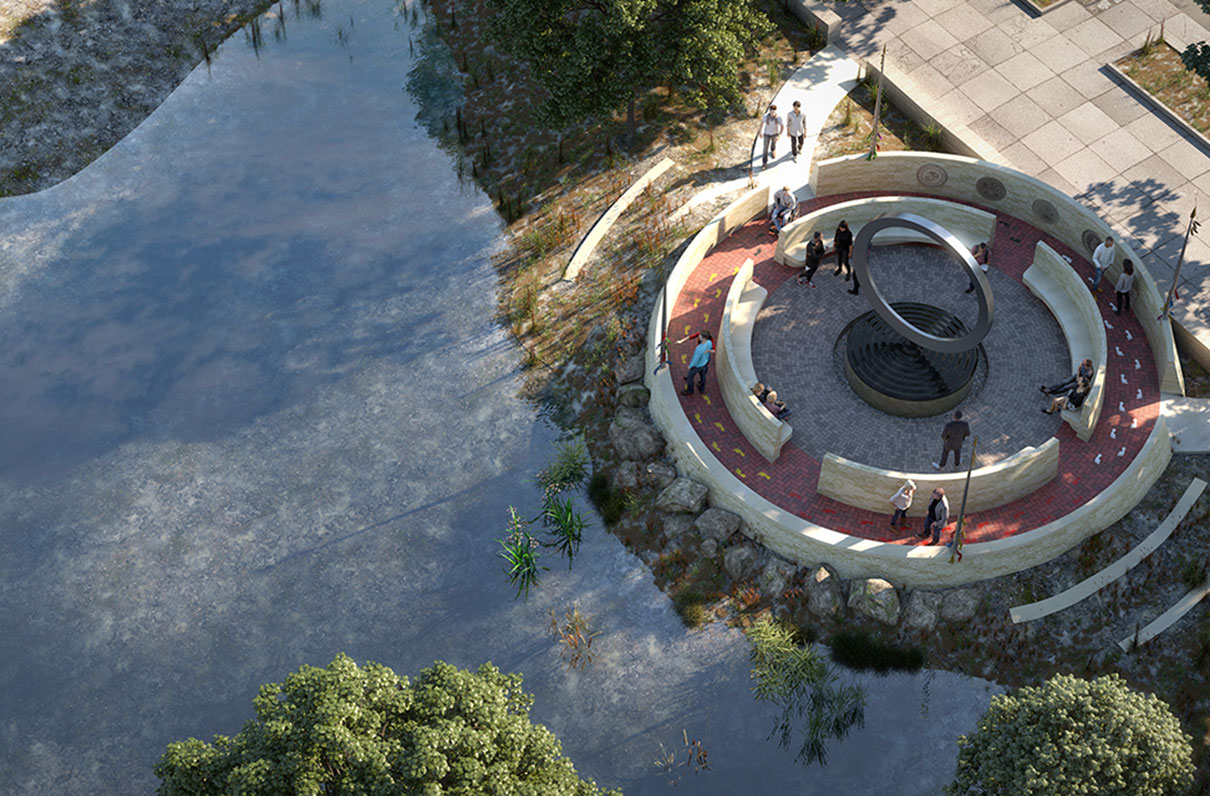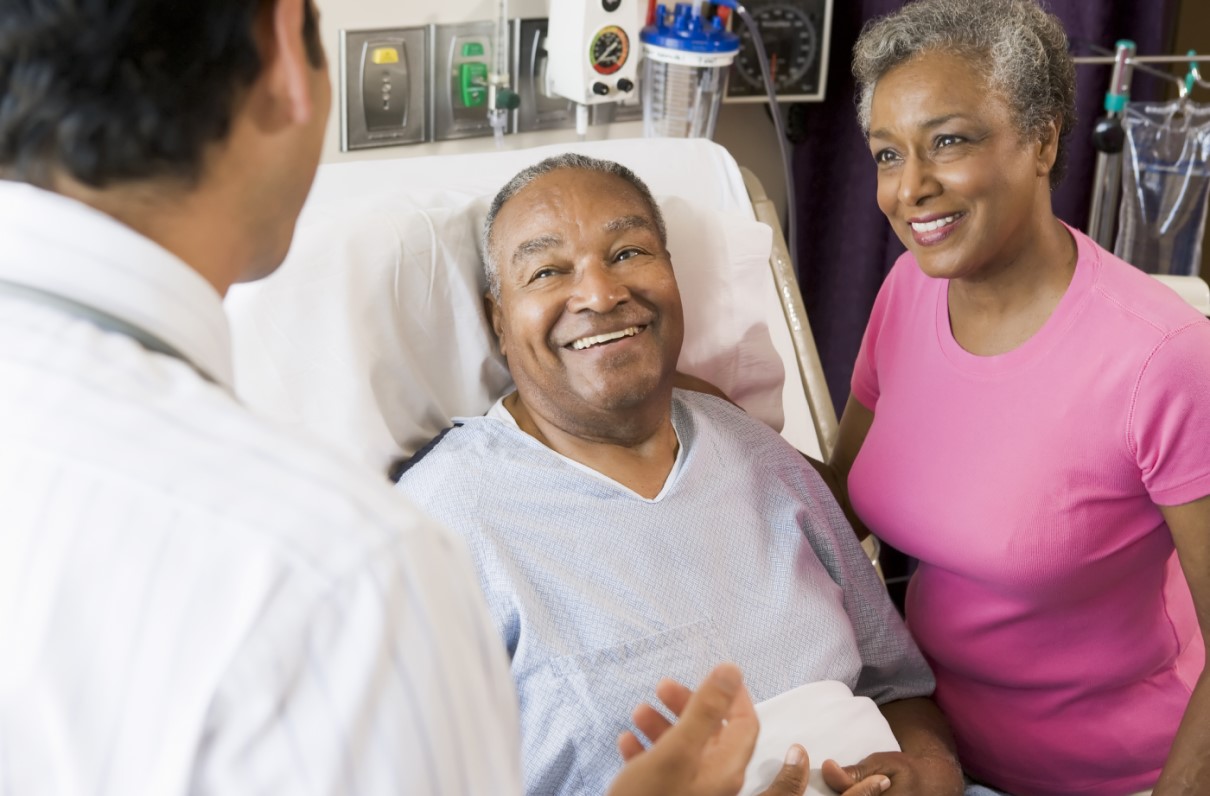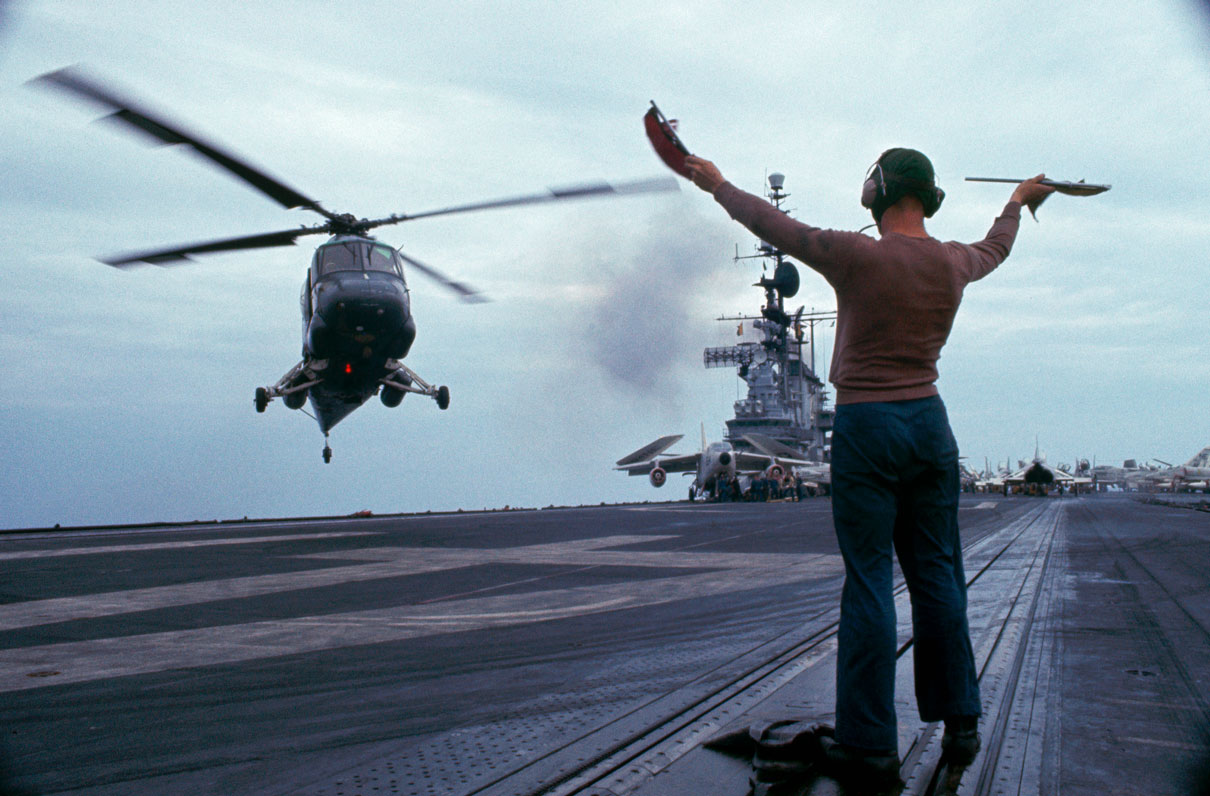This article by Retired Army Col. James Tyson Currie originally appeared on Military.com, the premier resource for the military and veteran community. Currie is executive director of the Commissioned Officers Association of the U.S. Public Health Service and its affiliate, the Commissioned Officers Foundation for the Advancement of Public Health.
In June 2018, the Smithsonian Institution, one of the most venerable organizations in our government, revealed its design for the National Native American Veterans Memorial, to be built along the National Mall on the grounds of the National Museum of the American Indian.
It was to be a wonderful memorial that recognized the contributions Native American veterans have made to our great country. The memorial's design is terrific, except that it includes only the seals of the Army, Navy, Air Force, Marine Corps and Coast Guard, omitting both the U.S. Public Health Service (USPHS) and the National Oceanic and Atmospheric Administration (NOAA).
[RELATED: Ask Your Lawmakers to Push for the Addition of USPHS, NOAA]
Officers who served in these two organizations -- which are recognized by law as "uniformed services" of the federal government -- are veterans, entitled to all the rights and privileges thereof. USPHS and NOAA officers serve routinely alongside their brothers and sisters in the Army, Air Force and so on.
USPHS officers were mostly assigned to the Coast Guard during World War II, and some of them lost their lives when their ships were sunk by enemy action. Other USPHS officers were in the Philippines when the war started, providing health care to the troops there. Some of them died in captivity. They were recognized with Purple Hearts and other medals. They served on Gen. Douglas MacArthur's staff and Adm. Chester Nimitz's staff and in the China-Burma-India Theater with Army Gen. Joseph Stilwell. USPHS officers served in Korea and Vietnam, Iraq and Afghanistan.
The reason given by the Smithsonian for omitting these two groups of Native American veterans is that the 1994 law authorizing the memorial refers to the "armed forces." We have read all of the legislative history of this law, and it is clear from the accompanying committee reports and Congressional Record statements that its authors -- primarily then-Rep. Craig Thomas of Wyoming -- wanted to honor all Native American veterans.
Use of the term "armed forces" was simply a drafting error of the kind that occurs every year when legislation is put together on Capitol Hill. There is nothing in the law that suggests an intent to honor some Native American veterans, but not all Native American veterans. There is also nothing in the law that precludes the Smithsonian from including USPHS and NOAA in its memorial to Native American veterans.
[RELATED: Native American Vets Memorial Is Designed By a Marine, But Excludes NOAA and USPHS]
We understand that there are some folks who do not consider you to be a veteran unless you have been shot at by the enemy. They are certainly entitled to their opinion, and we would agree to the terms "combat-wounded veteran" or "combat veteran" as qualifiers to distinguish those on the front lines from the myriad support troops without whom wars could not be won. But, the fact is, most veterans have never experienced actual combat.
The tooth-to-tail ratio of our armed forces is very small. Most veterans serve in roles where they support the trigger-pullers. Medical personnel, such as the officers in the USPHS, fall into that category. They patch up the men and women who are injured in combat. They save lives, just as do medical personnel who serve in the Army, Navy and Air Force.
But they are as much veterans as anyone else who raised their hand, swore the oath, and put on the uniform of one of the seven uniformed federal services. The Department of Veterans Affairs recognizes these men and women as "veterans," and we think the Smithsonian should do the same when it builds the Native American Veterans Memorial. The Smithsonian has special expertise in identifying dinosaurs and obscure bird species, but it is not the federal government's expert when it comes to determining who is a veteran and entitled to recognition as such. That's the VA's job.
Health and Human Services Secretary Alex Azar wrote movingly to the Smithsonian secretary about this issue in April of this year.
"The USPHS has a long history of service to our country," Azar wrote. "During times of militarization of the Corps, officers served alongside military forces in WWI and WWII. Currently, over twenty-five percent of the Corps have prior military service with the Department of Defense."
He went on to tell the Smithsonian Secretary, "Recently, I presided over the 2017 Hurricane Response Joint Services Award ceremony, where the DoD awarded more than 1,400 Corps officers with the Joint Services Humanitarian Services medal."
[RELATED: Military Coalition to Congress: Add NOAA and USPHS to Native American Memorial]
This past week, a solemn Memorial Day ceremony took place at Arlington National Cemetery, perhaps our country's most recognizable symbol of sacrifice from those in uniform. Many groups presented wreaths at the Tomb of the Unknown Soldier, and one of these was the U.S. Public Health Service, represented that day by Adm. Brett Giroir, the highest ranking member of the Commissioned Corps of the USPHS.
It would be very easy for the Smithsonian to include both the USPHS and NOAA in the design of the Native American Veterans Memorial. Groundbreaking has not yet occurred, and modifying the design to include two additional seals would be easy.
Telling Native Americans in these two uniformed services that they are second-class veterans and not entitled to the recognition given those who earned their veteran's status in other services is just plain wrong and would be, in our opinion, quite un-American. Perhaps the new Smithsonian secretary will see the light.
Other articles by Military.com:
Marine Vet Running for President Reveals Personal Battle with PTSD
Army Chinook Helicopter Destroyed by 'Hard Landing' in Afghanistan
Vietnam Vet John Rambo Returns for One Final Mission



